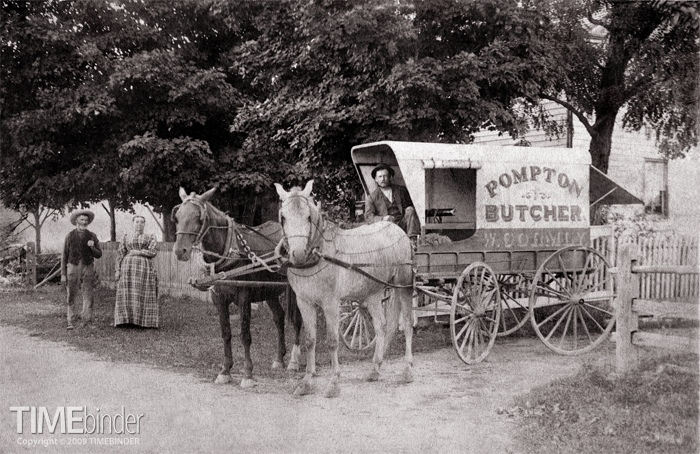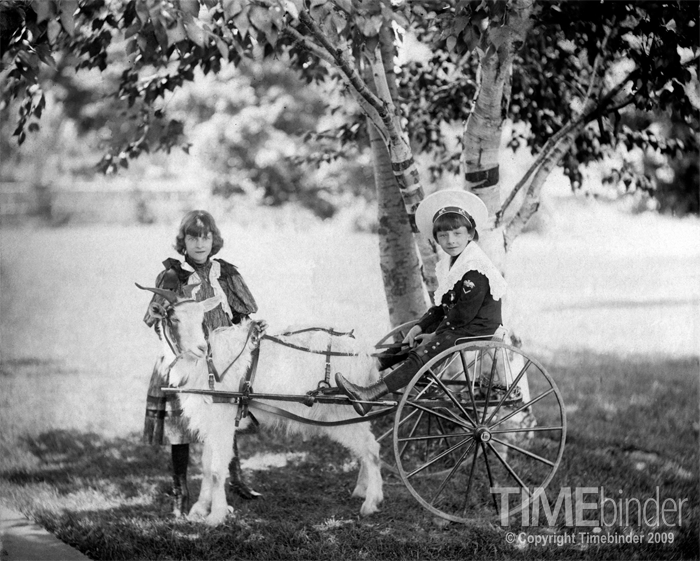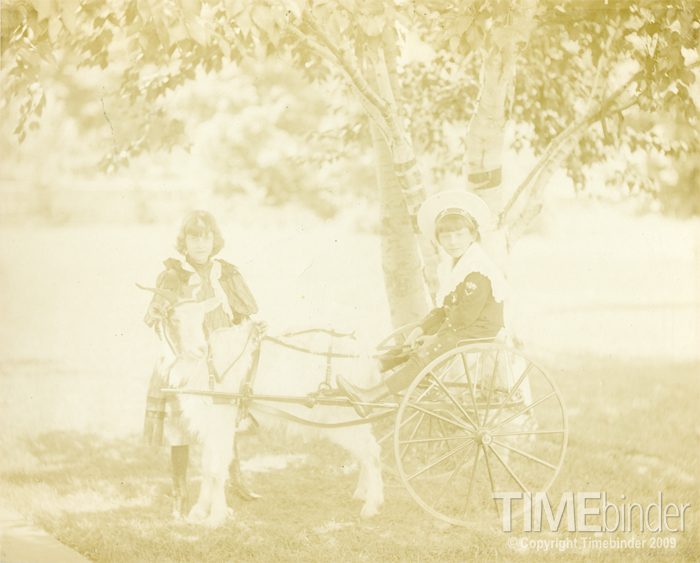The Streetcar Blues
 Thursday, August 13, 2009 at 10:03AM
Thursday, August 13, 2009 at 10:03AM 
Paying your fare and riding to your destination would seem simple to the New York City commuter in the latter half of the 19th and early 20th century, but the machinations behind the conglomerate street railways of Manhattan were as snarled as the traffic. Reading a short 20 year history of NYC Railway Company and the Metropolitan (one of dozens of iterations) in Wikipedia will tax your brain and reveal two things of significance: (1) Our legacy of impenetrable, opaque corporate financial dealings (organizations, mergers, leases, collapses and reorganizations) has been a long, long time in the making in America, and (2) Corporate law was (and still is) a very good business with job security.
This blurry little snapshot from someone's photo album was taken between 1907 and 1911, or so the "facts" suggest, before electrification of streetcar lines pulled by horsepower which had begun as early as 1832 in the city. There are four horses in this picture, which means that a second car is abreast of this one and is hidden from view (there were only two horses per car). The streetcar companies were called railways – confusing to us since we think of steam and diesel locomotives – but rails made it much easier for horses to pull heavy loads and had the added benefit of iron wheels that were more durable than wagon wheels, provided a smoother ride and did not mire in mud in rainy weather. Of course there were steam locomotive railways, both street level and elevated, and subway systems contemporary with the horse drawn variety in NYC. This car's exterior is enameled sheet metal which replaced the much earlier painted wood siding.
Here is an engraving of an earlier version and company name of the Metropolitan streetcar.






